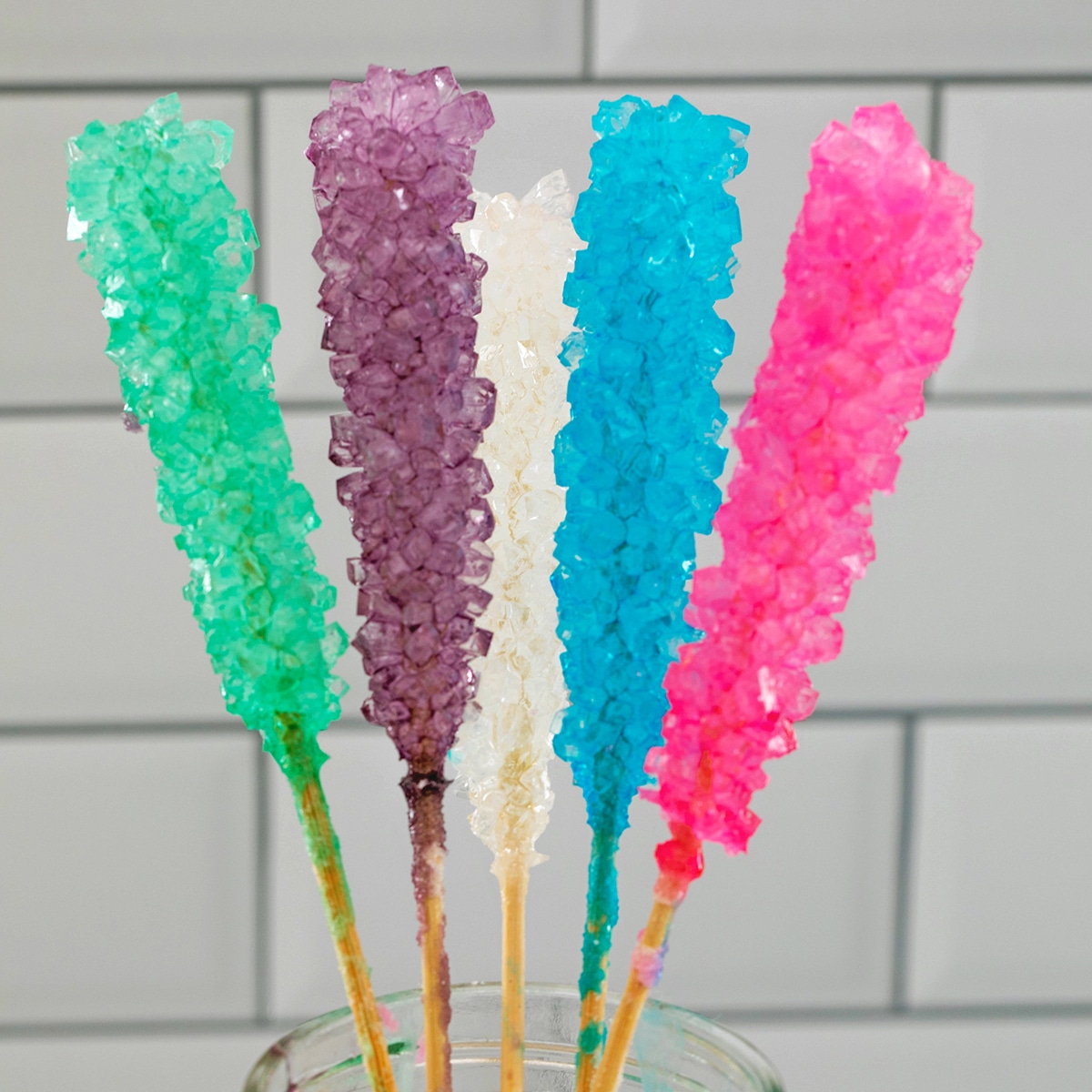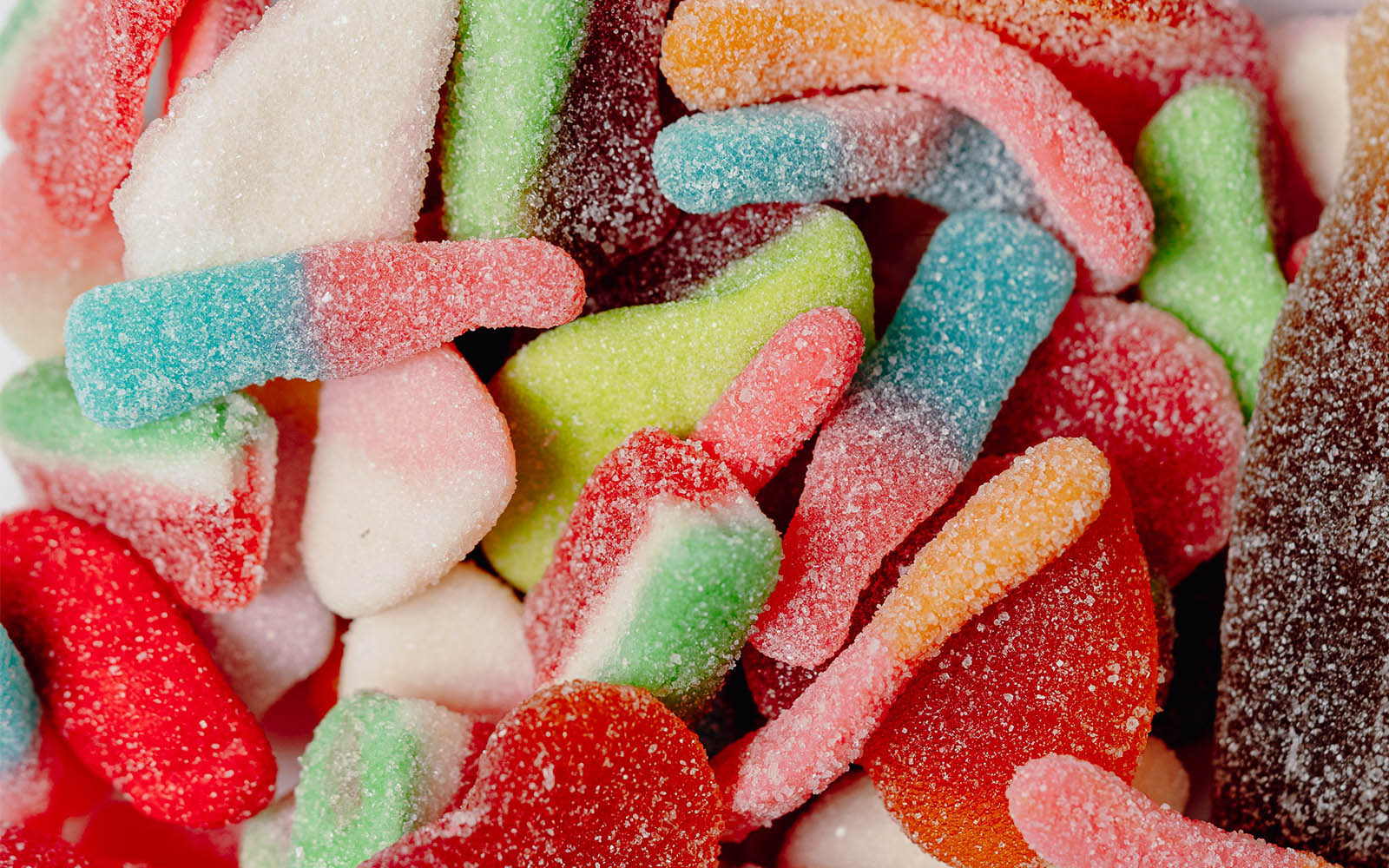I Luv Candi - The Facts
I Luv Candi - The Facts
Blog Article
I Luv Candi Fundamentals Explained
Table of ContentsThe Main Principles Of I Luv Candi Things about I Luv CandiThe Of I Luv CandiThe smart Trick of I Luv Candi That Nobody is DiscussingSee This Report on I Luv Candi
We have actually prepared a great deal of organization prepare for this sort of project. Right here are the typical client sectors. Client Section Summary Preferences Just How to Find Them Children Youthful consumers aged 4-12 Colorful sweets, gummy bears, lollipops Companion with regional institutions, host kid-friendly occasions Teenagers Teenagers aged 13-19 Sour sweets, novelty products, fashionable treats Engage on social networks, work together with influencers Parents Adults with kids Organic and much healthier alternatives, nostalgic sweets Offer family-friendly promos, advertise in parenting magazines Pupils School trainees Energy-boosting sweets, economical snacks Companion with close-by schools, promote during examination durations Present Customers People looking for presents Costs delicious chocolates, gift baskets Develop attractive displays, provide adjustable present options In examining the financial dynamics within our sweet shop, we have actually found that clients usually invest.Observations suggest that a typical consumer often visits the store. Particular durations, such as holidays and special events, see a surge in repeat check outs, whereas, during off-season months, the regularity might dwindle. da bomb australia. Determining the lifetime value of an ordinary client at the sweet-shop, we estimate it to be
With these aspects in factor to consider, we can deduce that the average profits per client, over the training course of a year, floats. The most lucrative customers for a candy shop are commonly households with young youngsters.
This demographic tends to make frequent acquisitions, raising the shop's profits. To target and attract them, the sweet-shop can utilize colorful and playful marketing methods, such as lively displays, memorable promos, and possibly even organizing kid-friendly occasions or workshops. Creating a welcoming and family-friendly environment within the shop can likewise enhance the overall experience.
Our I Luv Candi Diaries
You can likewise estimate your own income by using various presumptions with our monetary prepare for a sweet-shop. Typical monthly revenue: $2,000 This kind of candy shop is typically a tiny, family-run organization, probably understood to residents yet not drawing in lots of visitors or passersby. The store might supply an option of common candies and a couple of homemade treats.
The shop does not normally carry rare or expensive products, focusing rather on budget-friendly treats in order to preserve routine sales. Thinking an ordinary spending of $5 per customer and around 400 clients per month, the regular monthly profits for this sweet store would certainly be about. Typical regular monthly earnings: $20,000 This sweet-shop benefits from its calculated area in a hectic metropolitan area, bring in a lot of clients searching for wonderful extravagances as they go shopping.
In addition to its varied sweet selection, this store could likewise market relevant products like present baskets, candy arrangements, and uniqueness items, giving numerous earnings streams - camel balls candy. The shop's area calls for a higher allocate lease and staffing yet leads to higher sales quantity. With an approximated ordinary costs of $10 per consumer and concerning 2,000 consumers each month, this shop might produce
The 15-Second Trick For I Luv Candi
Located in a significant city and tourist destination, it's a large facility, usually spread out over numerous floors and possibly part of a national or international chain. The shop provides an immense variety of sweets, including special and limited-edition things, and product like branded clothing and accessories. It's not just a shop; it's a location.
The operational prices for this type of shop are considerable due to the location, dimension, team, and includes offered. Assuming a typical purchase of $20 per client and around 2,500 customers per month, this front runner store can accomplish.
Group Examples of Expenditures Average Month-to-month Cost (Variety in $) Tips to Decrease Costs Rental Fee and Utilities Shop lease, electrical energy, water, gas $1,500 - $3,500 Consider a smaller sized location, work out rental fee, and use energy-efficient lights and appliances. Inventory Candy, snacks, packaging materials $2,000 - $5,000 Optimize supply management to decrease waste and track prominent items to avoid overstocking.
Marketing and Marketing Printed materials, on-line advertisements, promotions $500 - $1,500 Concentrate on cost-effective digital marketing and use social media sites her latest blog systems totally free promo. lolly shop maroochydore. Insurance Company obligation insurance policy $100 - $300 Store around for competitive insurance coverage rates and take into consideration packing plans. Equipment and Upkeep Sales register, show shelves, repair work $200 - $600 Buy pre-owned equipment when feasible and carry out routine maintenance to expand devices life-span
How I Luv Candi can Save You Time, Stress, and Money.
Bank Card Processing Charges Fees for processing card settlements $100 - $300 Negotiate reduced handling fees with repayment cpus or check out flat-rate choices. Miscellaneous Workplace supplies, cleansing supplies $100 - $300 Purchase wholesale and look for discounts on materials. A sweet-shop ends up being profitable when its total income surpasses its complete fixed expenses.

A big, well-located sweet-shop would certainly have a higher breakeven factor than a small store that does not require much income to cover their expenditures. Curious about the profitability of your sweet-shop? Check out our straightforward monetary strategy crafted for candy shops. Just input your very own assumptions, and it will aid you determine the quantity you require to make in order to run a profitable service.
The Buzz on I Luv Candi

Lastly, financial declines that decrease consumer investing can impact sweet-shop sales and earnings, making it essential for sweet-shop to manage their expenditures and adapt to altering market conditions to stay profitable. These risks are frequently included in the SWOT analysis for a sweet store. Gross margins and web margins are key indications used to determine the productivity of a sweet shop service.
Basically, it's the profit staying after deducting expenses directly associated to the sweet inventory, such as acquisition costs from suppliers, production expenses (if the candies are homemade), and staff wages for those associated with production or sales. Web margin, alternatively, consider all the expenditures the sweet store incurs, consisting of indirect prices like administrative costs, marketing, rental fee, and tax obligations.
Candy stores normally have an average gross margin.For circumstances, if your candy shop makes $15,000 per month, your gross profit would be roughly 60% x $15,000 = $9,000. Think about a sweet shop that marketed 1,000 sweet bars, with each bar priced at $2, making the total profits $2,000.
Report this page